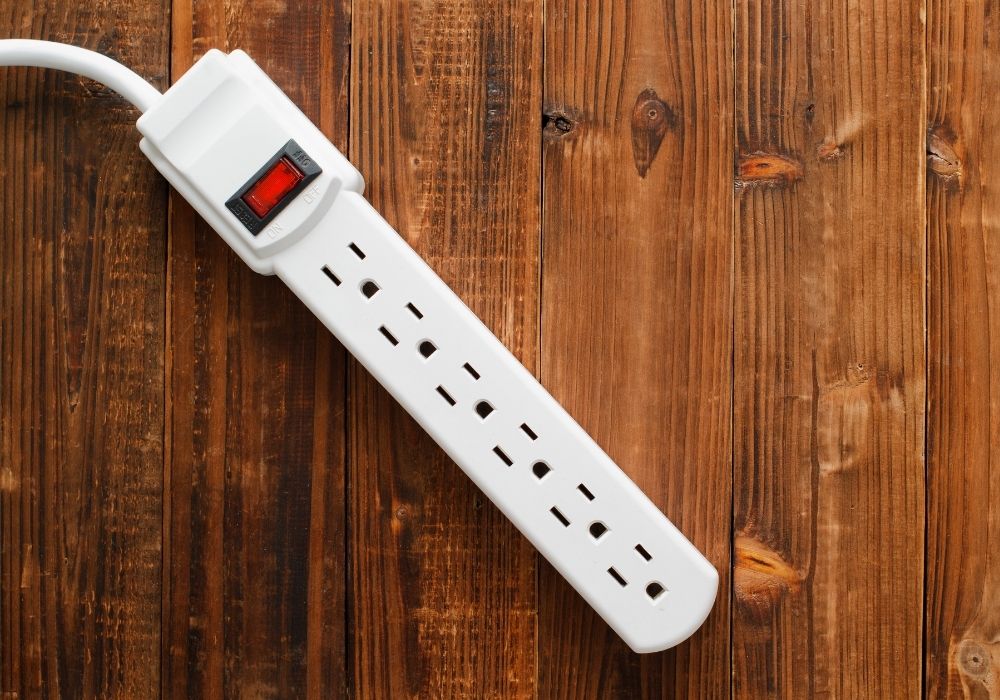It’s Time to Rethink the Power Strip
If there’s one thing we can all say about the modern office – we’re definitely plugged in. We use computers, printers, phones, internet modems, routers, scanners, faxes ... and on and on and on. And while there seems to be no shortage of useful electronics, the same can’t be said about the power outlets we need to plug them into.
That’s where power strips come in. They’re a convenient way to turn one outlet into multiple outlets. You’ve probably never thought twice about using one. You should.
Why? Because as useful as they may be, power strips can be a hazard, and it’s time to rethink how we use them.
Here are eight things to remember about electrical safety and the use of power strips.
- Don’t daisy chain
Have you ever plugged a power strip into another power strip? Don’t. This is known as daisy chaining and breaks National Electric Code (NED) and OSHA regulations. Daisy chaining can cause either the wall outlet or the power strip to become overloaded, which becomes a fire hazard.
- Don’t make it permanent
The U.S. Office of Compliance recommends you don’t use a power strip for any electrical solution for longer than 90 days. If you don’t have enough outlets to accommodate your power needs (common in older buildings), work with a certified electrician to install additional outlets.
- Keep it away from water
This should probably go without saying, but we’ll say it anyway. Keep all electric power strips and extension cords away from water, snow, damp spaces, open windows, and any source of water that could spill over. That means no power strips in rooms like kitchens, bathrooms, or laundry rooms.
- Don’t cover it
Power strips should not be hidden underneath rugs or behind walls or false ceilings. Good air circulation is needed to keep the strips from overheating. If your power strip feels hot to the touch, unplug it immediately and discontinue use.
- Toss it if the cord is damaged
All power strips and extension cords should be laid out flat—no knots, twists or crimped cords. If the power cord is damaged or showing exposed wire, stop using it. Look for an e-waste facility in your area that can recycle electrical equipment.
- Don’t overload
Just because your power strip has multiple plugins, that doesn’t mean you should use them all. Keep in mind that everything you plug into the power strip is actually getting power from one source – the wall outlet. Be familiar with the circuit capacity of that plug in, as well as the voltage requirements of the equipment you’re plugging into it. If the latter is more than the former – you’re overloading your circuit.
- Look for the UL or ETL sticker
UL and ETL certifications mean your power strip has been inspected and is compliant with North American safety standards.
- Surge protection is extra
Some power strips offer surge protection for your electronics, but many don’t. It’s something you’ll need to verify specifically when purchasing.
If you’d like to discuss insurance protection for your home or office, give Sea Mountain Insurance a call. We’re happy to answer your questions.
